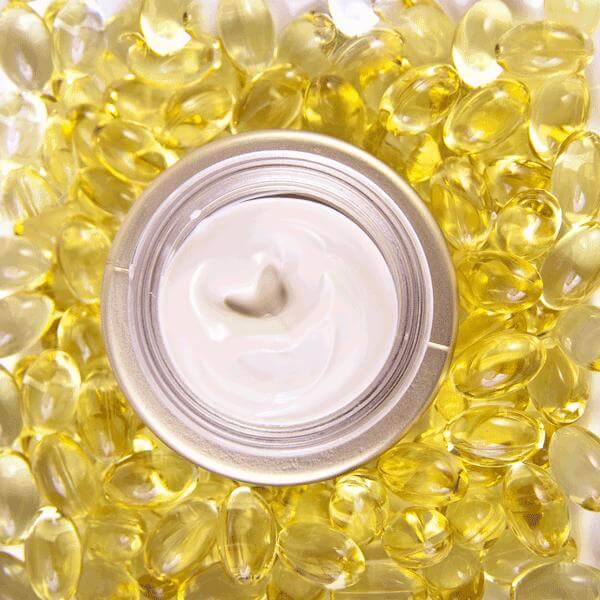Innovative Non-Toxic Skin Healing Solutions

Topical Antioxidants vs. Oral Supplements
Antioxidants can be ingested or applied topically to the skin. Many clinical studies have called into question the effectiveness of antioxidant supplements taken orally; whereas, dermatological studies are finding that topical applications show great promise.2 However, not all scientists agree, and the best method will sometimes depend on the type of antioxidant being used, the condition of the skin, and one’s exposure to environmental toxins and UV rays. Therefore, you should use topical antioxidants over oral supplements.
Studies show that increasing your nutritional intake of foods high in vitamin C will not impact your skin significantly. For this reason, it is recommended that topical creams and lotions containing vitamin C be used instead if you want to see a measurable improvement in your skin’s appearance.3
Similarly, vitamin E is said to be more effective for skin benefits when taken topically rather than through oral supplements.4
Ferulic acid, however, has shown promise when regularly ingested through herbal supplements.6 Astaxanthin has been found to increase skin elasticity and decrease fine lines in topical form.
What is the Ideal Concentration?
When it comes to topical antioxidant use, percentages matter. Look for high concentrates for measurable results, as long as your skin can tolerate it. Be careful not to overdose. Applying a concentrate that is too high has the potential to cause irritation, peeling, rashes such as hives or small white nodules to the surface of the skin.
Because your body relies on a balance between free radicals and antioxidants for optimal physiological performance, it’s important that you don’t take too high concentrations of oral antioxidant supplements.1
According to the National Center for Complementary and Integrative Health (NCCIH), high doses of beta-carotene have even been linked to increased risks of lung cancer and high doses of vitamin E have been linked to increased risks of stroke. Too much vitamin C can lead to kidney stones, while increased doses of beta-carotene or astaxanthin can change the pigment of your skin, causing it to appear too red or orange.
As a medical doctor, I’ve taken great care to ensure that Seaside Medical Technologies’ products are effective, nontoxic, and safe enough even for children. The topical antioxidants used in our products like our Antioxidant Concentrate are advanced, natural, and formulated with optimal concentrations.
No matter which antioxidant your ideal product contains, it’s important that you do your research, pay attention to product labels and only use products as directed. This will not only ensure that you achieve your desired result, but that you do so safely without any unintended side effects.
Comments will be approved before showing up.